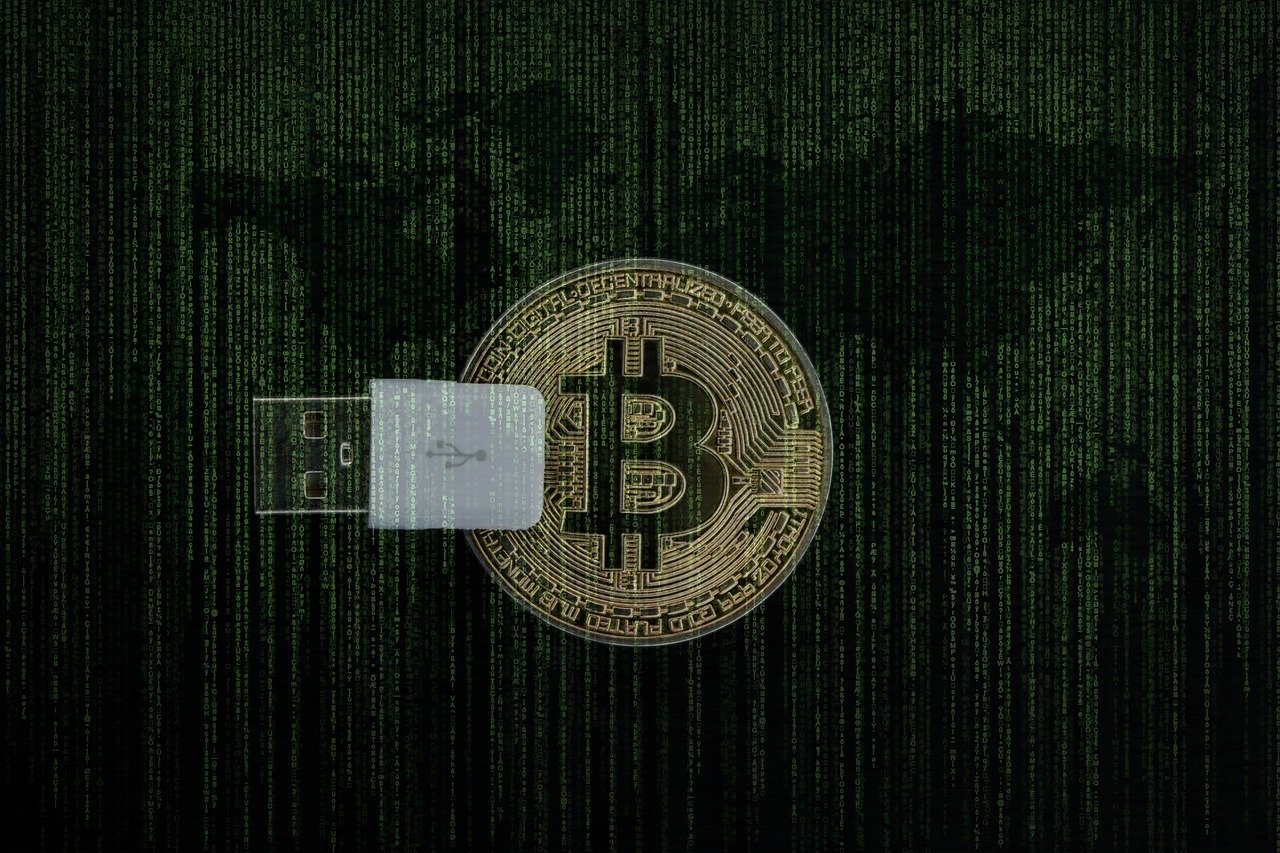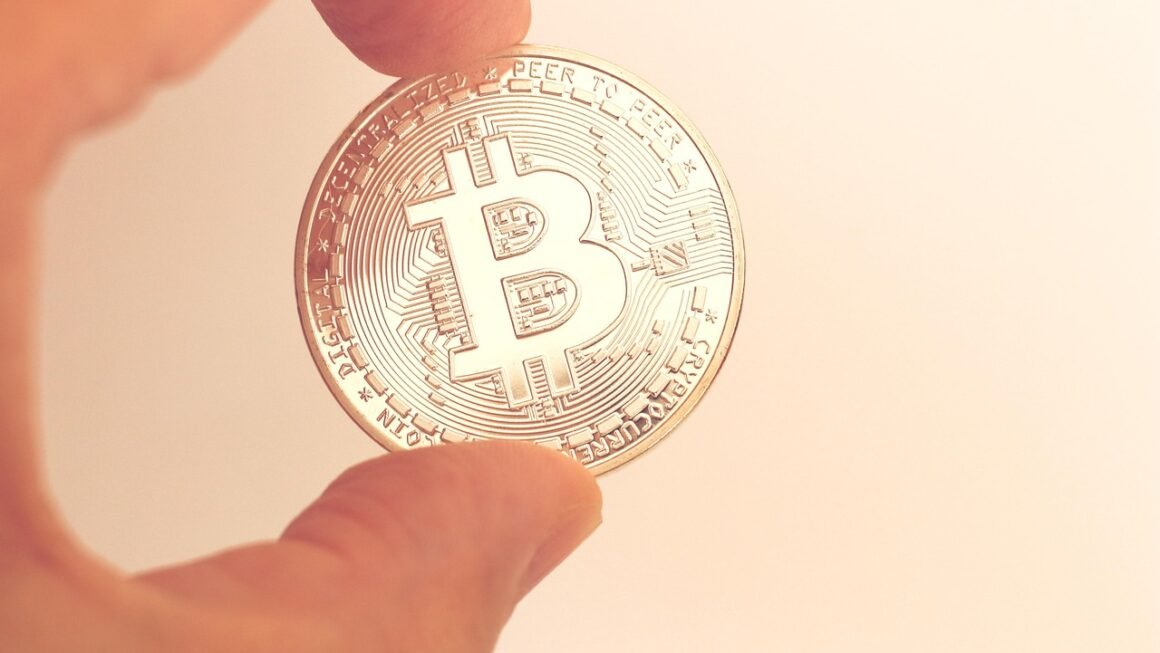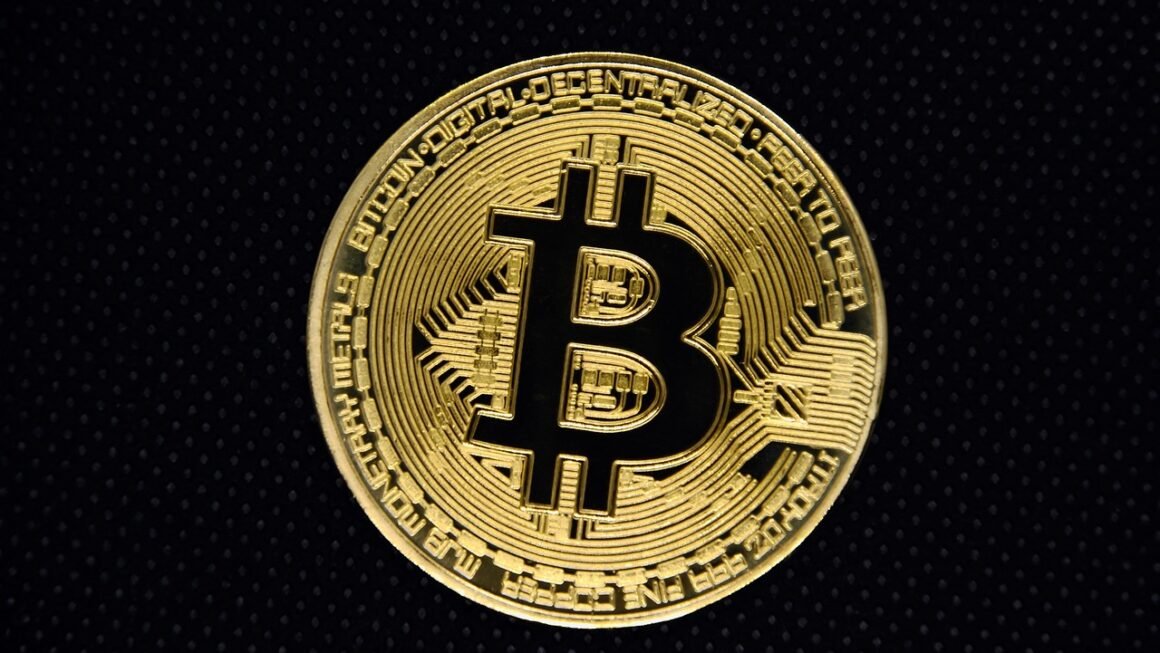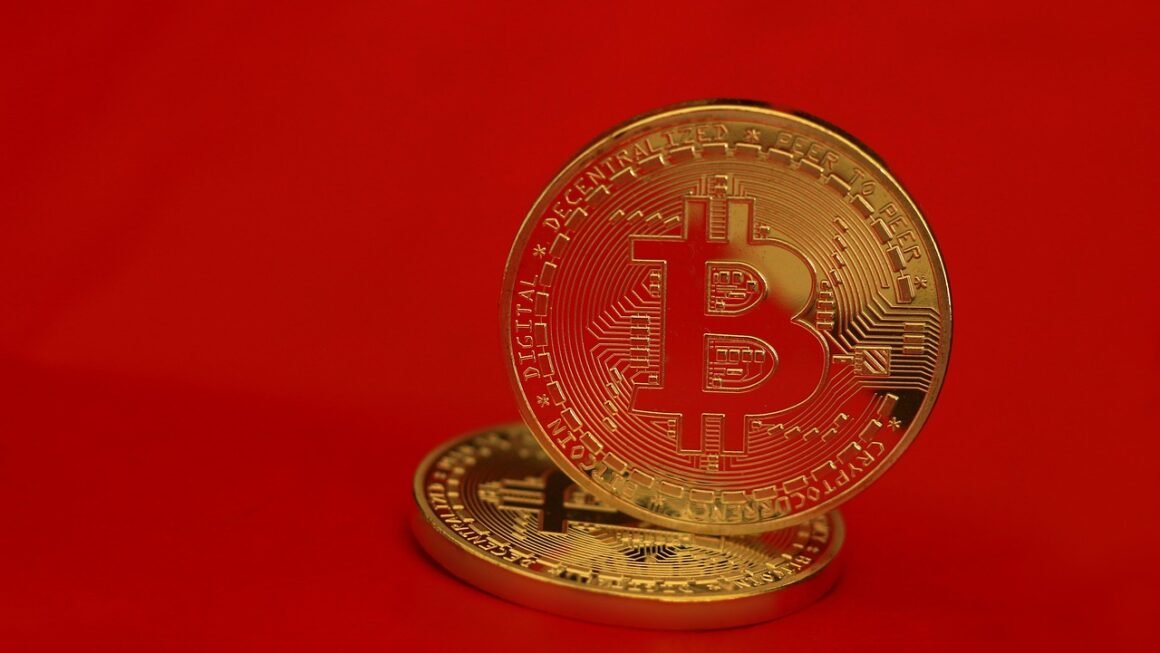Decentralized Exchanges (DEXes) are revolutionizing the way we trade cryptocurrencies, offering a transparent, secure, and permissionless alternative to traditional centralized exchanges. This guide provides a comprehensive overview of DEXes, their benefits, how they work, and how to use them effectively.
What are Decentralized Exchanges (DEXes)?
Understanding Decentralization
Decentralization is the core principle behind DEXes. Unlike centralized exchanges (CEXes) like Coinbase or Binance, DEXes don’t rely on a central authority to hold your funds or execute trades. Instead, they operate on a distributed network, typically a blockchain, allowing users to trade directly with each other in a peer-to-peer (P2P) manner.
- No Intermediary: Transactions occur directly between traders, eliminating the need for a trusted third party.
- Self-Custody: Users retain complete control over their private keys and funds, reducing the risk of exchange hacks or misappropriation of funds.
- Transparency: All transactions are recorded on the blockchain, providing a publicly auditable record.
Key Differences Between DEXes and CEXes
| Feature | Decentralized Exchanges (DEXes) | Centralized Exchanges (CEXes) |
| ————- | ——————————– | —————————– |
| Custody | Self-custody | Exchange-held custody |
| Transparency | High | Lower |
| Privacy | Generally higher | KYC/AML requirements |
| Security | User responsibility | Exchange responsibility |
| Speed | Can vary, potentially slower | Generally faster |
| Listing | Permissionless | Permissioned |
Examples of Popular DEXes
- Uniswap: One of the most popular DEXes, built on Ethereum, known for its Automated Market Maker (AMM) model.
- PancakeSwap: A popular DEX on the Binance Smart Chain (BSC), offering lower transaction fees compared to Ethereum-based DEXes.
- SushiSwap: Another Ethereum-based DEX that forked from Uniswap, offering additional features like token staking and governance.
- Curve Finance: Specializes in trading stablecoins with low slippage.
- Balancer: Allows users to create and manage their own liquidity pools.
How DEXes Work: The Technology Behind the Scenes
Automated Market Makers (AMMs)
The majority of DEXes utilize Automated Market Makers (AMMs). AMMs replace the traditional order book model with liquidity pools.
- Liquidity Pools: Pools of tokens locked in smart contracts. Traders swap tokens directly against these pools.
- Liquidity Providers (LPs): Users who deposit tokens into liquidity pools and earn fees from trades.
- Constant Product Formula: Most AMMs use a formula like x y = k, where x and y represent the quantity of two tokens in the pool, and k is a constant. This formula determines the price of tokens based on supply and demand within the pool.
Example: In a UNI/ETH pool, if someone buys UNI, the amount of ETH in the pool increases and the amount of UNI decreases. This makes UNI slightly more expensive relative to ETH.
Order Book DEXes
Some DEXes, like dYdX, utilize an order book model similar to CEXes but operate in a decentralized manner.
- Matching Orders: Traders place buy and sell orders, and the DEX matches them based on price and quantity.
- On-Chain vs. Off-Chain Order Books: Some order book DEXes store the order book on-chain, while others use off-chain solutions to improve speed and scalability. Off-chain solutions still settle transactions on-chain.
Smart Contracts and Security
DEXes rely heavily on smart contracts to automate trades and manage liquidity pools.
- Audits: Smart contracts should be thoroughly audited by security firms to identify and fix vulnerabilities.
- Impermanent Loss: Liquidity providers face the risk of impermanent loss, which occurs when the price ratio between the tokens in a pool changes. The greater the change, the greater the potential loss.
- Example: Providing liquidity to a pool with a highly volatile token can expose you to significant impermanent loss compared to a pool with stablecoins.
Benefits of Using DEXes
Enhanced Security and Privacy
- Self-Custody of Funds: You always maintain control of your private keys, minimizing the risk of exchange hacks.
- Lower KYC/AML Requirements: Many DEXes offer a higher degree of privacy compared to CEXes that require extensive KYC/AML verification.
Access to a Wider Range of Tokens
- Permissionless Listing: New and emerging tokens can be listed on DEXes without the need for exchange approval.
- Opportunity to Discover New Projects: DEXes provide access to a diverse range of tokens, including those not yet available on centralized exchanges.
Decentralized Governance and Community Ownership
- Governance Tokens: Many DEXes have governance tokens that allow users to participate in the decision-making process.
- Community-Driven Development: DEXes often rely on community contributions to improve the platform and add new features.
Reduced Counterparty Risk
- Direct P2P Trading: Transactions occur directly between traders, eliminating the risk of relying on a central intermediary.
- Smart Contract Automation: Smart contracts automate the trading process, reducing the risk of human error or manipulation.
How to Use a DEX: A Step-by-Step Guide
Setting Up a Wallet
- Choose a Compatible Wallet: Select a wallet that supports the blockchain on which the DEX operates (e.g., MetaMask for Ethereum, Trust Wallet for Binance Smart Chain).
- Secure Your Seed Phrase: Store your seed phrase in a safe and secure location. Never share it with anyone.
- Fund Your Wallet: Transfer cryptocurrency to your wallet to use for trading and transaction fees.
Connecting to a DEX
- Visit the DEX Website: Navigate to the official website of the DEX you want to use.
- Connect Your Wallet: Click the “Connect Wallet” button and follow the prompts to connect your wallet to the DEX. Make sure the website is the official one, as there are many fake DEX sites aiming to steal wallet information.
Making a Trade
- Select the Tokens to Swap: Choose the tokens you want to trade from the dropdown menus.
- Enter the Amount: Specify the amount of tokens you want to buy or sell.
- Review the Transaction: Carefully review the transaction details, including the exchange rate, slippage tolerance, and estimated gas fees.
- Confirm the Transaction: Click the “Swap” or “Trade” button and confirm the transaction in your wallet. Be patient, as the transaction may take a few minutes to process.
Providing Liquidity (Optional)
- Select a Liquidity Pool: Choose a pool with tokens you want to provide liquidity for.
- Deposit Tokens: Deposit an equal value of both tokens into the pool.
- Earn Fees: Earn a percentage of the trading fees generated by the pool.
- Monitor Impermanent Loss: Keep an eye on the price ratio between the tokens to minimize the risk of impermanent loss.
Important Considerations for Beginners
- Start Small: Begin with small amounts to familiarize yourself with the DEX interface and trading process.
- Understand Slippage: Slippage is the difference between the expected price of a trade and the actual price. Set a reasonable slippage tolerance to avoid unexpected price changes.
- Gas Fees: Be aware of gas fees, which are required to execute transactions on the blockchain. High gas fees can significantly impact the profitability of your trades. Especially relevant for Ethereum-based DEXes.
- Security: Double-check the DEX’s URL before connecting your wallet to avoid phishing scams. Always use a secure internet connection.
The Future of DEXes
Layer-2 Solutions
- Scaling Solutions: Layer-2 solutions like Optimism and Arbitrum are designed to improve the scalability and reduce transaction costs on Ethereum-based DEXes.
- Faster Transactions: Layer-2 solutions enable faster and cheaper transactions, making DEXes more accessible to a wider range of users.
Cross-Chain DEXes
- Interoperability: Cross-chain DEXes allow users to trade tokens across different blockchains, enabling greater interoperability and liquidity.
- Atomic Swaps: Technologies like atomic swaps facilitate direct P2P trading between different blockchains without the need for intermediaries.
Institutional Adoption
- Growing Interest: Institutions are increasingly interested in DEXes as a way to access decentralized finance (DeFi) opportunities.
- Compliance: Regulatory compliance remains a key challenge for institutional adoption of DEXes.
Conclusion
Decentralized Exchanges represent a significant advancement in cryptocurrency trading, offering users greater control, security, and privacy. While they come with their own set of challenges, such as impermanent loss and gas fees, the benefits of decentralization make them an attractive alternative to traditional centralized exchanges. As technology continues to evolve, DEXes are poised to play an increasingly important role in the future of finance. Understanding how DEXes work and how to use them effectively is crucial for anyone looking to participate in the decentralized economy.



